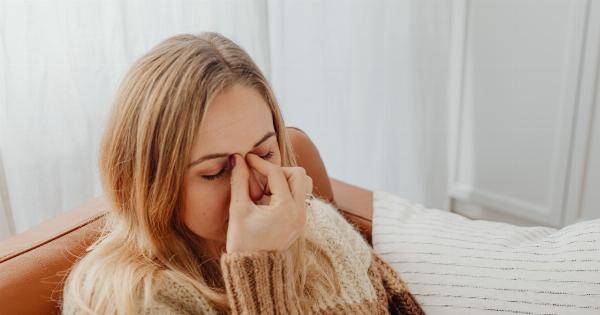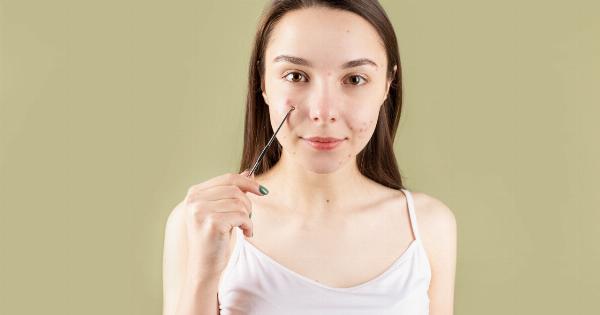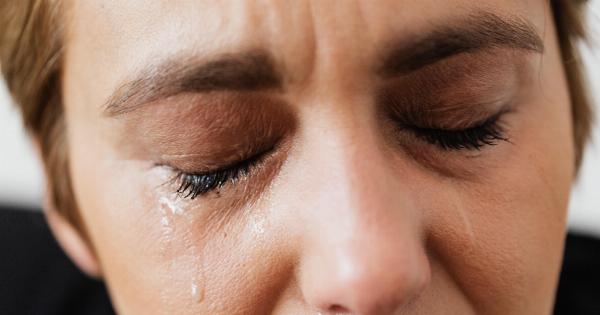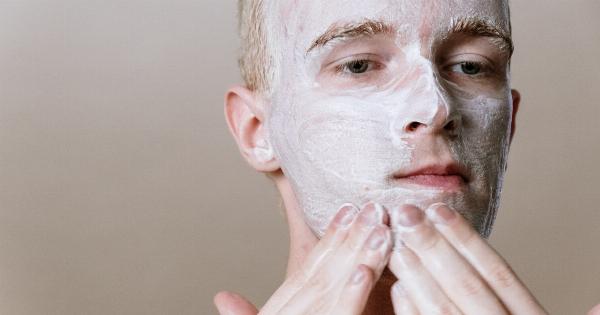Dealing with pimples is never pleasant, but when they appear in sensitive regions of our body, the frustration and discomfort intensify. Whether it’s on our face, back, or chest, pimples can be quite bothersome and affect our self-confidence.
However, when they pop up in even more delicate areas, such as the genital area, buttocks, or armpits, they can be particularly distressing. Today, we delve into the ugly truth about pimples in sensitive regions and explore why they occur, how to treat them, and what preventive measures can be taken.
Understanding the Biology of Pimples
Before we dive into the specifics of pimples in sensitive regions, it’s important to understand the biology behind this skin condition. Pimples, also known as acne, form when hair follicles become clogged with oil, dead skin cells, and bacteria.
This combination leads to inflammation, resulting in the characteristic red bumps we see on the skin’s surface.
Causes of Pimples in Sensitive Regions
Pimples in sensitive regions can be attributed to various factors, including:.
1. Friction and Chafing
Frequent rubbing or chafing in sensitive areas can cause irritation and lead to pimples. Tight clothing, rough fabric, or excessive sweating can all contribute to this issue.
2. Hormonal Fluctuations
Changes in hormone levels can trigger the overproduction of sebum, an oily substance that can clog pores and contribute to the formation of pimples.
Hormonal fluctuations commonly occur during puberty, menstrual cycles, and pregnancy, increasing the likelihood of pimples in sensitive regions.
3. Poor Hygiene
Inadequate hygiene practices, such as infrequent washing or using harsh soaps, can disrupt the natural balance of the skin and lead to pimple formation.
4. Allergic Reactions
Sensitive regions are more prone to allergic reactions, which can manifest as pimples. Certain chemicals in detergents, fabrics, or personal care products may cause irritation, redness, and ultimately, the formation of pimples.
Treating Pimples in Sensitive Areas
When it comes to treating pimples in sensitive regions, a gentle and targeted approach is crucial. Here are some effective strategies:.
1. Cleanse with Mild Products
Use mild, hypoallergenic cleansers to cleanse the affected area. Avoid abrasive scrubs or harsh soaps that can further irritate the skin.
2. Warm Compresses
Applying a warm compress can help open up pores, reduce inflammation, and promote healing. Simply soak a clean cloth in warm water, gently press it against the affected area, and hold for a few minutes.
3. Topical Treatments
Over-the-counter creams or gels containing benzoyl peroxide, salicylic acid, or tea tree oil can help combat pimples in sensitive regions. However, be sure to choose products specifically formulated for sensitive skin.
4. Avoid Picking or Squeezing
Resist the temptation to pick or squeeze pimples in sensitive regions, as this can lead to further inflammation, scarring, and potential infection.
Preventing Pimples in Sensitive Areas
While treating pimples is essential, preventing their occurrence in sensitive regions is equally crucial. Consider the following preventive measures:.
1. Wear Breathable Fabrics
Opt for breathable fabrics like cotton to reduce friction and allow your skin to breathe. Avoid synthetic materials that trap moisture and heat, exacerbating pimple formation.
2. Practice Good Hygiene
Maintain good hygiene by regularly washing the affected areas with a gentle cleanser. Be mindful not to overwash, as this can strip the skin of its natural oils, leading to dryness and potential irritation.
3. Avoid Tight Clothing
Avoid wearing tight clothing that causes friction or pressure on sensitive regions. Loose-fitting clothing allows for better airflow and reduces the risk of pimples.
4. Be Mindful of Product Ingredients
Read labels and choose personal care products that are free of harsh chemicals, fragrances, and known irritants. Opt for hypoallergenic and non-comedogenic products to minimize the risk of pimples.
Conclusion
Pimples in sensitive regions are not only unsightly but also uncomfortable and often embarrassing.
By understanding the causes and adopting preventive measures that prioritize gentleness and hygiene, you can effectively manage and reduce the occurrence of pimples in these areas. Remember to treat them with care, seek professional advice if needed, and embrace your natural beauty, imperfections and all.





























